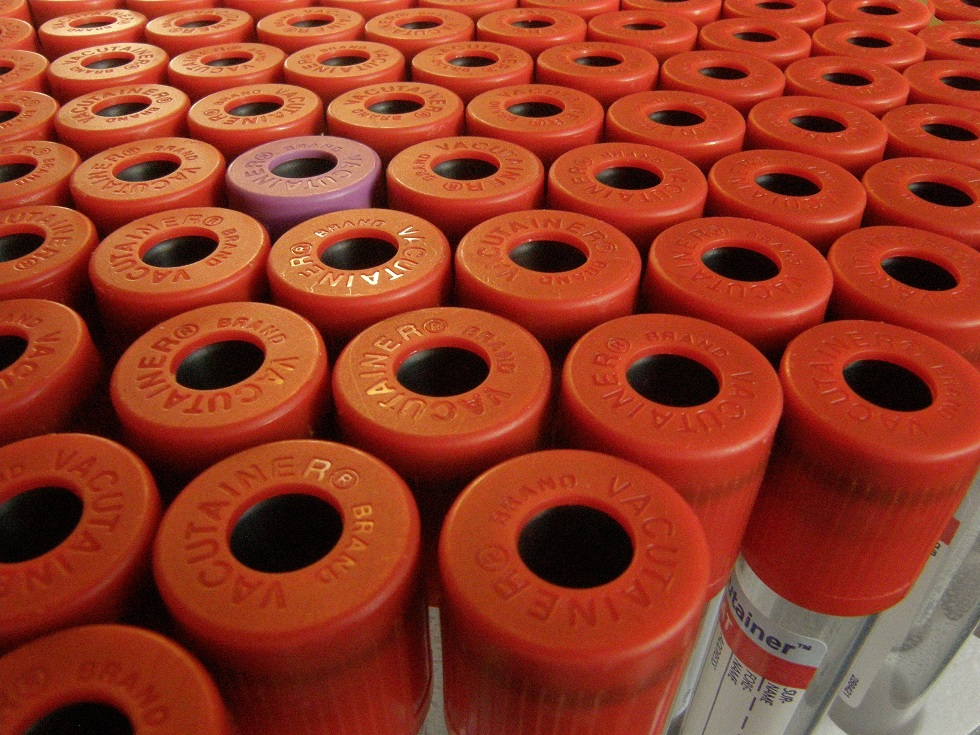Species: Dog (less useful in other species)
Specimen: Plasma or serum (serum preferred)
Container: Heparin or red-top tube
Collection protocol: Fasted sample preferred
Special handling/shipping requirements: Standard
General information about the disease: Pancreatic or renal disease
General information about when this test is indicated:
Amylase is a cytoplasmic enzyme that catalyses the hydrolysis of complex starches. Humans and pigs have salivary alpha amylase, but not dogs, cats, horses or cattle. In healthy dogs serum amylase may be from pancreatic and non-pancreatic tissues with up to 70% being intestinal in origin, but intestine is not considered a significant source of increased serum levels. There may be some amylase activity in the liver and hepatic inactivation of amylase is important in dogs, but hepatic disease is not generally associated with increased serum amylase. The kidneys are a route of excretion or inactivation but mechanisms are incompletely understood. Injury of pancreatic acinar cells (most commonly from pancreatitis) may increase serum amylase, and about 60% of dogs with renal failure also have increased levels. Increases have also been reported in GI disease, hepatic disease and some neoplasias (lymphoma, haemangiosarcoma). Increased serum amylase is not specific (or sensitive) for pancreatic disease. Increases >3 x the upper reference limit are more likely to be related to pancreatic injury than other causes but exceptions (both ways) occur. Half-life in dogs is about 5 hours. In experimental canine pancreatitis amylase peaks in 12-48 hours and persists for 8-14 days. Species differences: In cats with pancreatitis amylase may not increase and may decrease. Increases in horses with pancreatic injury are slight or absent, but are relatively common in equine enteritis (>50% of proximal enteritis cases). When serum amylase is not substantially increased in dogs with suspected pancreatitis it may be useful to compare amylase activity in serum with that in peritoneal fluid. This may also be applicable in other species (cat, horse) though upper GI (duodenal) perforation could also raise amylase concentration in peritoneal fluid.
Major differentials:
- Increase: Pancreatic injury, renal, pre-renal and post-renal disorders/azotaemias, GI disease, hepatic disease, pancreatic neoplasia, other neoplasia.
- Decrease: Not usually clinically significant, but has been observed in some dogs with portosystemic shunt.
Comparison with other related tests: Amylase appears to be less sensitive and less specific for pancreatic activity than lipase (except in dogs receiving corticosteroid treatment).

